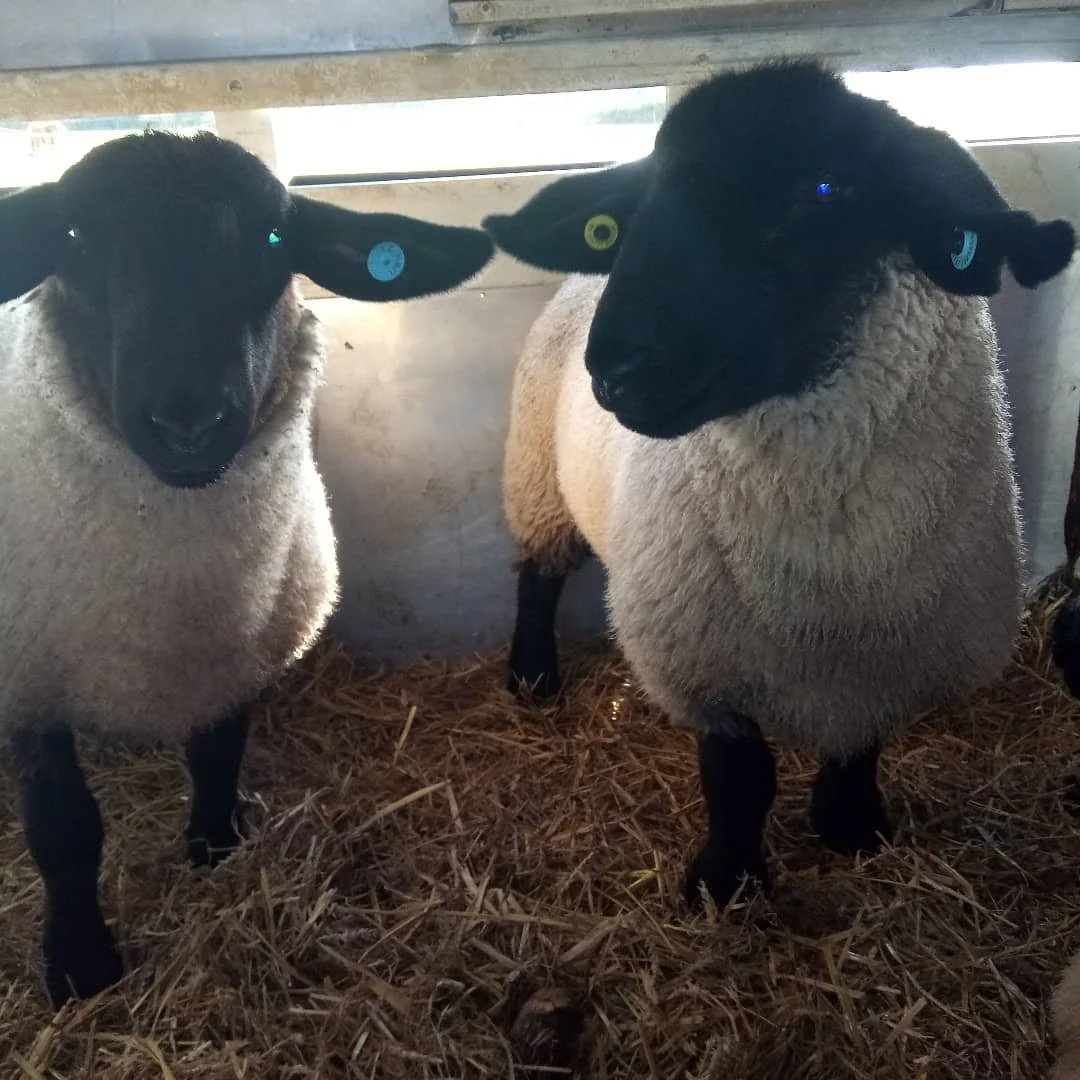Suffolk Sheep
The Suffolk is one of our oldest, domestic British breeds and has been in existence since the late 1700’s with the Suffolk Sheep Society formed in 1886.
The Suffolk evolved from the mating of Norfolk Horn ewes with Southdown rams in the Bury St Edmunds area, these sheep were known as Southdown Norfolks, or locally, as “Black faces.”
The first recording is in 1797 when in his “General view of agriculture in the county of Suffolk” Arthur Young stated: “These ought to be called the Suffolk breed, the mutton has superior texture, flavour, quantity and colour of gravy.”
Suffolks developed around the rotational system of farming in East Anglia, grazing on grass or clover in the summer. After weaning the ewes could be put on salt marshes or stubbles. Swedes, turnips or mangels were grazed in the winter in a very labour intensive system with a fresh area fenced off each day. Lambing was in February or March, outdoors in the fields with a hurdle shelter or in open yards surrounded by hurdles and straw.
Originally renowned as a producer of mutton, the breed has developed over the years to match consumer demands.
